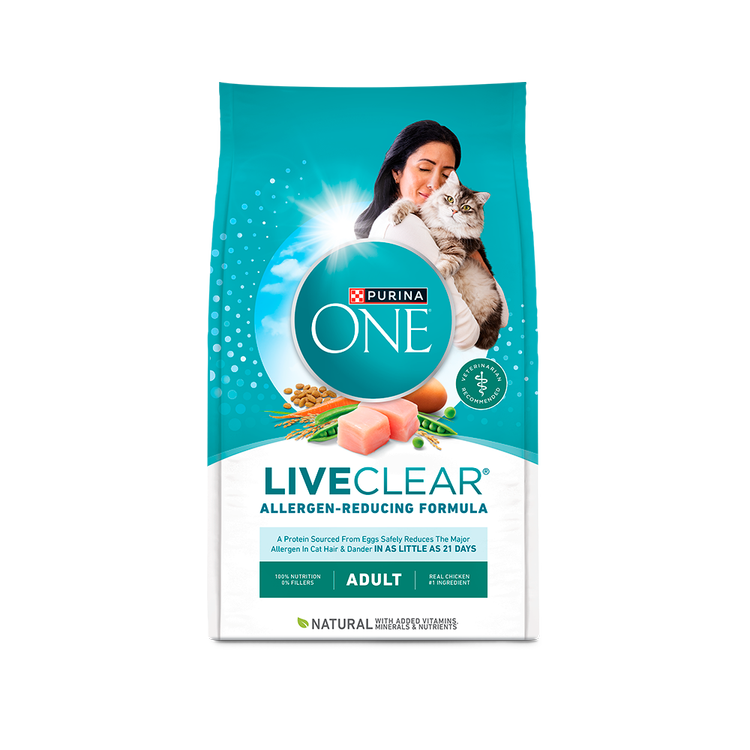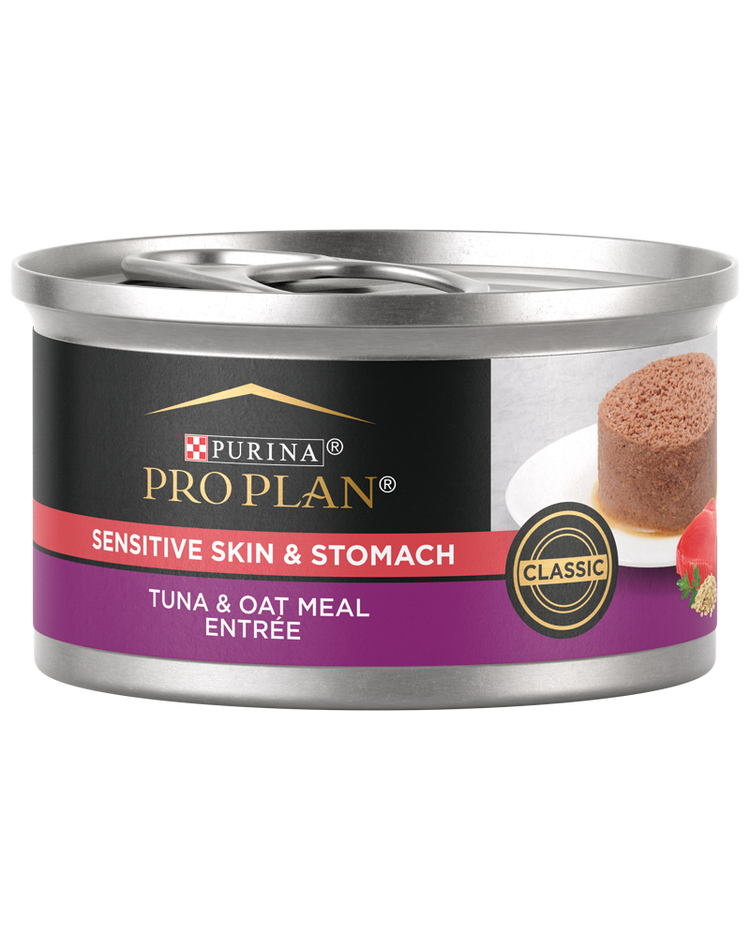Manx

- Size:Medium to large, with males weighing from 9 to 13 pounds and females weighing from 7 to 11 pounds
- Coat:Longhair — medium, dense, soft, silky; shorthair — short, dense, glossy
- Color:White, black, blue, red, cream and silver, plus various patterns and shadings
When she’s not hunting bugs or rodents or standing guard, the Manx is an affectionate, even-tempered and playful cat. She loves to follow her favorite person from room to room and curling up on their lap for a snooze. Your Manx will even carry on a conversation with you in her quiet trill.
Temperament
When exposed to new activities, people and animals from a young age, the Manx is adaptable and even enjoys meeting and greeting new people. She’s smart enough to learn tricks like fetch and walking on a leash. Your Manx makes a great road-trip companion, as she enjoys riding in cars, and she likes to play with water. She can learn to open doors and turn on faucets. As a people-oriented cat, she needs lots of attention so don’t leave her alone for hours at a time.
Characteristics
Although the breed is known for their lack of tail, not all Manx are tailless. Some have normal-length tails (known as “longies”) while others have nubs or stumps (called “stumpies”). The tailless Manx are called “rumpies” and a rumpy with a rise of bone at the end of her spine is called a “riser”.
In addition to the variations in tail length, Manx are a round cat overall. They have a round head with large, round eyes, a stout body, broad chest, and round rear. Their front legs are much shorter than their hind legs, so their rear sits higher than their shoulders. Manx can have short or long coats. Longhaired Manx are called Cymric in some cat associations.
Lifespan
8 to 14 years
Colors
Manx cats come in a vast range of colors and patterns, from solids to tabbies to calicos. The pointed pattern (as seen in the Siamese) is not permitted, nor is chocolate or lavender.
Shedding
Manx cats shed, particularly during the spring and fall. Brush their double coat regularly to remove loose hair.
Health
The Manx is generally healthy, but they may suffer from some specific diseases and conditions, including:
- Arthritis in the tailbone of “stumpies”
- Corneal dystrophy, which develops at approximately 4 months of age
- Manx syndrome, a collection of defects, which include a short spine, urinary tract problems, and difficulties with bowels and digestion. The syndrome affects approximately 20 percent of Manx and appears by 4 months of age.
- Despite the lack of tail in rumpies, risers and stumpies, there are still nerve-endings there, which can make the area extremely sensitive.
Choosing the Best Food for Manx Cats
Your adult Manx cat requires complete and balanced nutrition to keep her healthy and active. Consider a cat food such as Purina Cat Chow Complete or opt for a weight management formula like Purina Cat Chow Indoor to help her maintain a healthy weight.
To explore other products for your Manx cat, see our Product Selector.
Choosing the Best Food for Manx Kittens
Unlike most cat breeds, the Manx doesn’t reach full maturity for about 5 years. She only needs kitten food for the first year or so of her life, after which she can transition to a complete and balanced cat food for all life stages. During the first year of her life, feed her a complete and balanced kitten food to ensure she receives essential nutrients for healthy growth and development, such as Purina Kitten Chow Nurture.
History
Although their origin isn’t entirely known, records date the Manx to 1750 or later. The breed may have originated on the Isle of Man off the coast of Britain, or a tailless cat may have hitched a ride on a ship to the island, spreading her genes upon her arrival.
The island became known for the tailless cats, which is how they got their name. It was one of the first cats represented at some of the first shows held in Great Britain and was one of the founding breeds of the Cat Fanciers Association (CFA) in 1906. It wasn’t recognized by The International Cat Association (TICA) until 1979 and is now recognized by many associations.
Facts
- The Manx is the only cat bred to be tail-free.
- A genetic mutation is the cause of their tailless trait, which was intensified by the breed’s isolation and inbreeding.
- Only rumpies and risers are permitted in the show ring.

